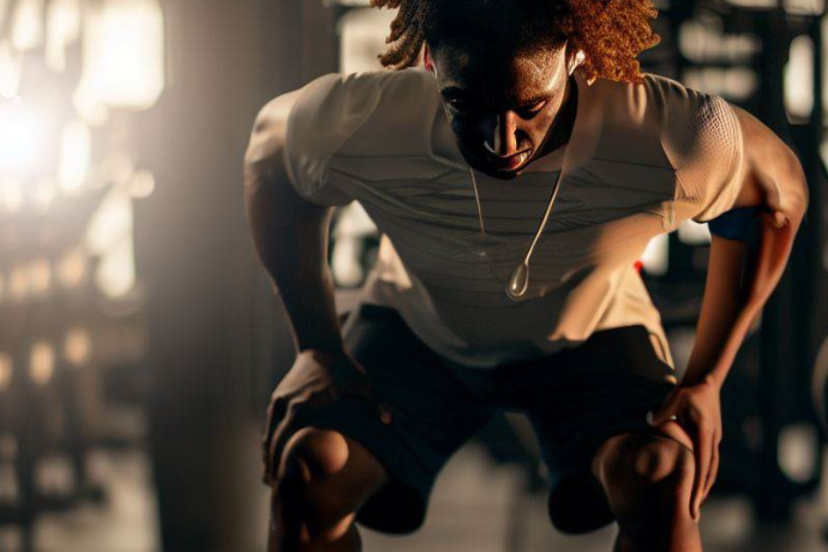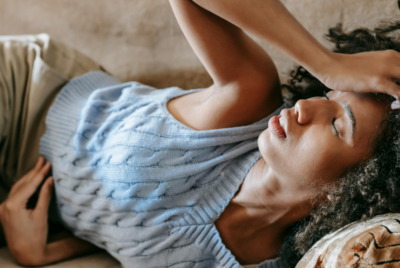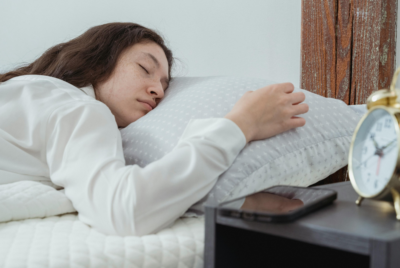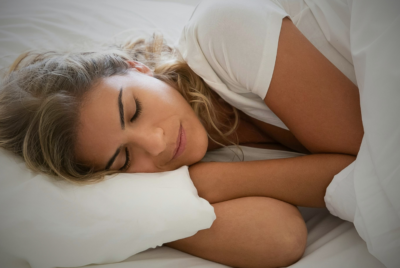Preventing Lower Back Pain After Squats: Tips and Home Remedies
I know how frustrating and painful it can be to experience lower back pain after squats. While squats are an excellent exercise for building strength and muscle, they can also put a lot of strain on your lower back if not done correctly. In this article, I’ll share some tips and home remedies to help you prevent lower back pain after squats.
Understanding Lower Back Pain After Squats
Lower back pain after squats can be caused by a variety of factors, including poor form, lack of a good chair to support good lumber posture, weak core muscles, tight hip flexors, and overuse. Squats involve bending and lifting heavy weights, which puts a lot of stress on your lower back muscles. If you’re not engaging your core muscles properly or have tight hip flexors, this can exacerbate the strain on your lower back.
Causes of Lower Back Pain After Squats
One of the main causes of lower back pain after squats is incorrect form during the exercise. Squats require proper technique to be effective and safe, and if not done correctly, can lead to injury. Other possible causes include:
1. Strain or sprain of the muscles, ligaments, or tendons in the lower back
2. Tightness in the muscles of the lower back or hips5. Overuse of the muscles in the lower back
How to Prevent Lower Back Pain After Squats : 6 Tips
To prevent lower back pain after squats, it is important to ensure proper technique and form during the exercise. Here are some tips to help:
1. Warm Up Properly
Warming up before any exercise is important to get the muscles ready and prevent injury. Before squats, try some light cardio or dynamic stretching to get your heart rate up and your muscles warm.
2. Use Proper Form
One of the most important factors in preventing lower back pain after squats is using proper form. Start by standing with your feet shoulder-width apart and your toes pointed slightly outward. As you squat, keep your back straight and your chest lifted. Make sure your knees stay in line with your toes and don’t collapse inward. If you’re using weights, keep them close to your body and don’t arch your back.
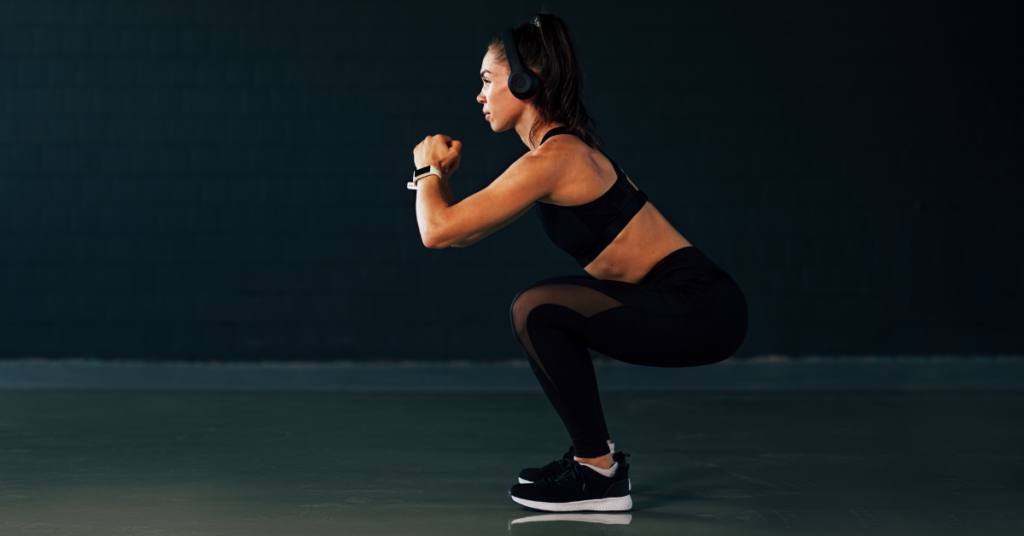
Proper form is essential for any exercise, but especially for squats. Make sure your feet are shoulder-width apart and your toes are pointing slightly outwards. Keep your back straight and your chest up, and engage your core muscles. When squatting, keep your knees over your ankles and do not let them collapse inwards.
3. Start with Light Weights
When starting with squats, it is important to begin with light weights to ensure proper form and technique. Gradually increase the weights as you become more comfortable and confident with the exercise.
4. Take Breaks and Rest
Taking breaks and allowing your muscles to rest between sets and sessions is important to prevent overuse and injury. Listen to your body and take breaks as needed.
5. Strengthen Your Core Muscles & Glutes
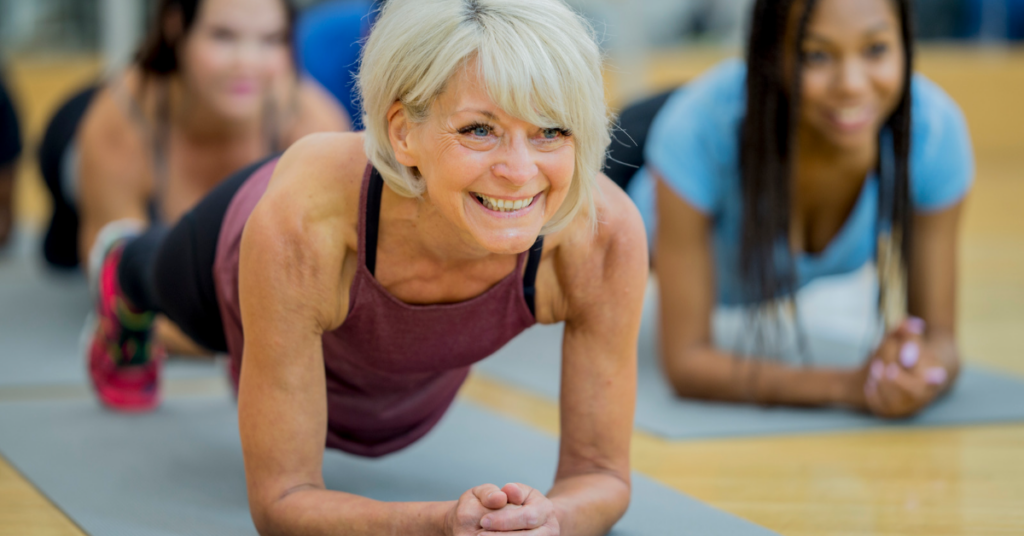
Having strong core and glute muscles can help take pressure off your lower back during squats.
Some exercises that can help strengthen your core and glutes include:
1. Planks
2. Glute bridges
3. Russian twists
4. Side planks
5. Lunges
Strong core muscles are essential for supporting the lower back during squats. Incorporate exercises that target your core, such as planks, crunches, or Russian twists, into your workout routine.
6. Stretch After Your Workout
Stretching after your workout can help reduce muscle soreness and prevent injury. Focus on stretching your lower back, hips, and hamstrings.
Incorporating stretching exercises before and after squats
Stretching can help to reduce the likelihood of lower back pain after squats. Before doing squats, it is essential to warm up by stretching your muscles. Doing this will prepare your muscles for the workout and increase flexibility, which can reduce the risk of injury. After finishing your squats, it is important to cool down by stretching your muscles again. This can help to reduce muscle tension, soreness, and the risk of injury.
Maintaining proper form during squats
One of the most common causes of lower back pain after squats is poor form during the exercise. Maintaining proper form during squats is crucial for preventing injuries. It is important to keep your back straight, your core engaged, and your knees aligned with your toes during the exercise. If you are unsure about your form, you can ask a professional trainer to help you.
Tips for Squatting Without Lower Back Pain
Warm-Up Properly
Proper warm-up is crucial for any exercise, especially squats. It helps to increase blood flow, warm up your muscles and joints, and prevent injury. You can start with a few minutes of light cardio, such as jogging or jumping jacks, followed by some dynamic stretches, such as lunges, hip circles, and leg swings.
Use Proper Form
Squatting with proper form is essential to avoid lower back pain.
Here are some tips on how to do it correctly:
1. Stand with your feet shoulder-width apart, with your toes pointing slightly outward.
2. Keep your chest up and your back straight.
3. Lower your hips and bend your knees, pushing them outwards.
4. Keep your weight on your heels and your knees behind your toes.
5. Go down as low as you can without discomfort and then push back up through your heels.
Use a Weightlifting Belt
A weightlifting belt can help support your lower back and prevent injury during heavy squats. However, it’s essential to use the belt correctly and not rely on it too much. Use it as a supplement to good form and proper warm-up.
Stretching Exercises for Lower Back Pain Relief
Stretching is an effective way to ease lower back pain and reduce the risk of injury. Here are some stretching exercises that can help to relieve lower back pain:
1. Knee-to-chest stretch
2. Cat-cow stretch
3. Child’s pose
4. Cobra stretch
5. Hamstring stretch
These stretching exercises can help to increase flexibility, reduce tension, and improve blood circulation in the lower back muscles, which can ultimately lead to pain relief. It is important to perform these stretches correctly and without force, as overstretching can cause further injury.
Home Remedies for Lower Back Pain After Squats
Rest and Ice
Rest and ice are two of the most effective home remedies for lower back pain after squats. Resting can help to reduce muscle inflammation and promote healing. Applying ice to the affected area can help to reduce pain and swelling. You can wrap a cold pack or a bag of ice in a towel and place it on the affected area for 20 minutes at a time, several times a day.
Heat therapy
Applying heat to the affected area can also help to reduce lower back pain after squats. Heat therapy can increase blood flow to the area, promote healing, and relieve muscle tension. You can use a heating pad or a warm towel and apply it to the affected area for 20 minutes at a time.
Massage therapy
Massage therapy can also be beneficial for lower back pain after squats. Massaging the affected area can help to reduce muscle tension and increase blood flow to the area. You can use a foam roller or a tennis ball to massage the affected area gently.
Over-the-counter pain relievers
Over-the-counter pain relievers can be helpful for reducing lower back pain after squats. However, it is important to follow the recommended dosage and to avoid using them for an extended period of time.
Consult with a Doctor
If your lower back pain persists or worsens, despite using home remedies, it’s essential to consult with a doctor. They can help diagnose the underlying issue and provide appropriate treatment.
FAQs
1: Can I still squat with lower back pain?
It is best to avoid squats if you are experiencing lower back pain. If the pain persists, it is important to seek medical attention before resuming your squatting routine.
2: How long does it take for lower back pain after squats to go away?
The recovery time for lower back pain after squats can vary depending on the severity of the injury. It is important to rest and avoid squatting until the pain has subsided.
3: Can poor form during squats cause lower back pain?
Yes, poor form during squats can put excessive strain on the lower back muscles and cause pain or injury. It is important to maintain proper form and technique when performing squats.
4: Are there any specific exercises to avoid if I have lower back pain?
Exercises that put excessive strain on the lower back, such as deadlifts or back extensions, should be avoided if you are experiencing lower back pain. It is important to consult with a medical professional before resuming your workout routine.
5: Can stretching help to prevent lower back pain?
Yes, regular stretching can help to improve flexibility and reduce tension in the lower back muscles, which can ultimately help to prevent lower back pain. It is important to stretch properly and avoid overstretching, which can cause further injury.
Closing remarks
Lower back pain after squats can be a common issue for many people, especially those who are new to squatting or who have poor form. However, with the right techniques and preventative measures, lower back pain can be avoided or managed effectively. By warming up properly, maintaining proper form during squats, using appropriate weights, and incorporating stretching exercises, you can reduce the risk of injury and keep your lower back healthy. It is important to listen to your body and seek medical attention if pain persists or worsens.
![Urban Health Hive]](https://urbanhealthhive.com/wp-content/uploads/2023/05/cropped-cropped-Health_Logo.png)
